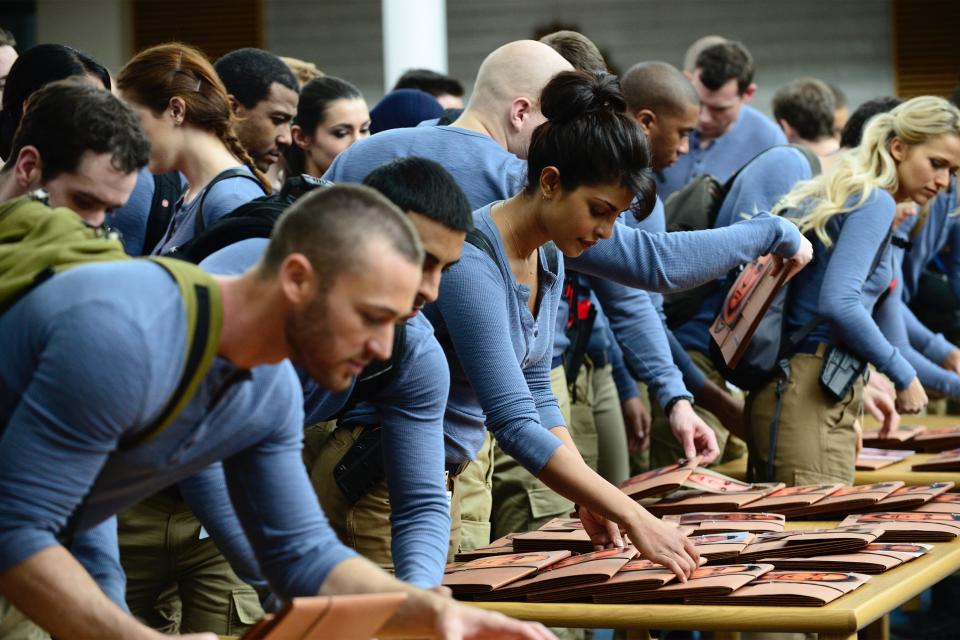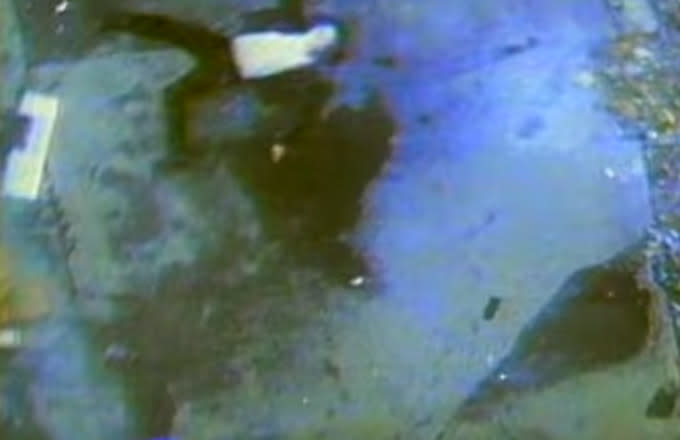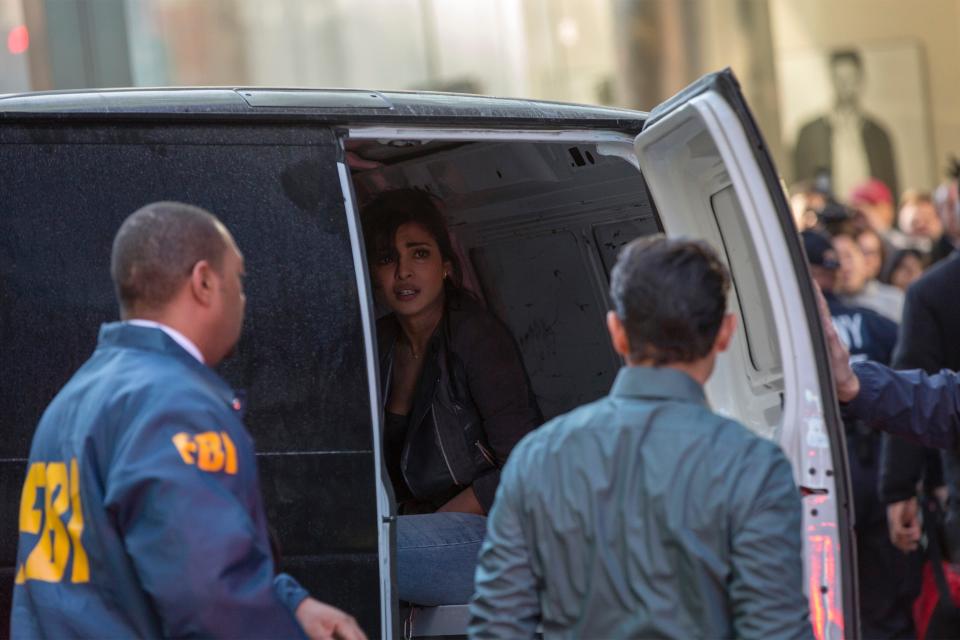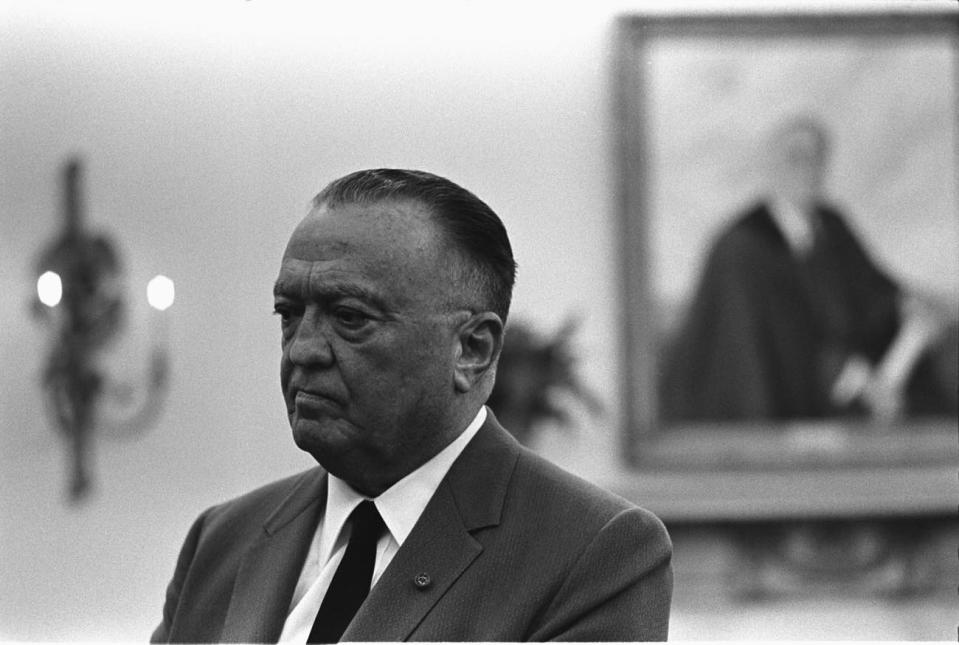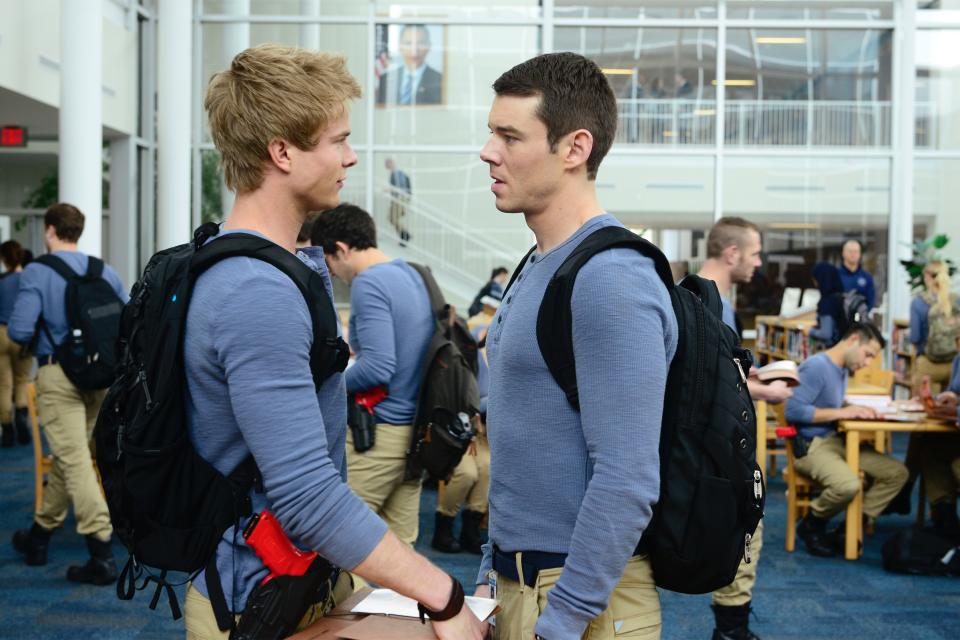10 Things You (Probably) Didn't Know About the FBI
Whatever you think you know about the FBI, you’re probably only scratching the surface. ABC’s newest drama-thriller, Quantico, is here to blow up your basic understanding of the Federal Bureau of Investigation. Led by Bollywood mega star Priyanka Chopra, in her first American TV role, the show follows the training of a new class of FBI recruits, one of whom will become the mastermind behind a devastating New York City terror attack. Wrapped in intrigue, conspiracy, and forbidden romance, the Joshua Safran/Mark Gordon-created series is essentially Grey’s Anatomy meets Alias, which basically means it’s a surefire hit.
Now that you’ve got a solid grasp on the show, let’s get at least some context on the organization it centers around. In time for the premiere on Sunday, September 27 at 10|9c, here are 10 things you probably didn’t know about the Federal Bureau of Investigation.
Thanks to the Freedom of Information Act, you can request the file the FBI has on you and they will mail it.Have you ever signed a petition online? Or participated in a civil rights march? Or maybe tweeted out a political viewpoint? Well, that has probably landed you your own file at the FBI. Thanks to the Freedom of Information Act, signed in 1966, you can request your file be sent to you. There are websites that will even provide a free letter format to send to the FBI.
Sick of being tracked by the FBI, artist Hasan Elahi created a website to share his location 24/7.Quantico begs the question, how far would you go to free yourself of a crime you didn’t commit? Here’s one man’s answer: Born in Bangladesh, the NYC-raised artist, whose emphasis lies in technology and media, was mistakenly listed on a terrorist watch list in 2002. That year, he was detained at a Detroit airport after a trip from the Netherlands when the FBI accused him of hoarding explosives in a Florida storage. After proving his innocence, Elahi decided to maintain it by putting his entire life online—and that includes still pictures of where he’s been for over a decade. The website is still running today.
From 1964 to 1965, The FBI investigated the song “Louie Louie.”No, agents weren’t tracking communist propaganda, nor potential terrorist threats. Rather, they were responding to parents’ written complaints that The Kingsmen’s lyrics secretly contained “pornographic verses.” After hundreds of audio tests and an in-depth 120-page report were done, the FBI concluded that the recording was simply unintelligible and not, in fact, obscene.
The FBI investigated images of a mutilated corpse for a year...which turned out to be from a Nine Inch Nails music video.Picture it: a Michigan farmer in the early '90s walking his ground, tilling the soil, and keeping to himself. Suddenly, he comes across a camcorder in his field, tied to deflated balloons. In the footage? A dead man decaying.
Except, unbeknownst to the FBI, the death didn’t exactly happen. The footage was from the climax of the music video "Down In It," by the Nine Inch Nails, which showcased frontman Trent Reznor running on top of buildings and falling to his death. To make the film, the band used balloons attached to a camera in order to create the illusion of his gory decay overhead (really, Reznor was covered in cornstarch). However, one of the cords snapped during filming. The balloons traveled over 200 miles to land in the farmer's field in Michigan. The farmer believed it to be a snuff film, and reported it to the FBI.
The shortest time anyone spent on the Most Wanted list was two hours.Some fugitives spend years on the list, so shout out to the FBI for being efficient with this one. Or, rather, shout out to Billie Austin Bryant for being extremely dumb. In January 1969, a year and a half after breaking out of prison for bank robbery, Bryant hit yet another bank, the Citizens Bank and Trust Company of Maryland, and killed two federal agents during his escape. The murders landed him on the Bureau’s Most Wanted list that same day. Two hours after the crime, an extensive manhunt caught Bryant hiding in a Washington, D.C. apartment building.
A mafia capo became an FBI informant, and, as expected, he got information by any means necessary.In 1964, Gregory Scarpa, nicknamed "The Grim Reaper" and "Mad Hatter," was the chief enforcer for Colombo boss Carmine Persico when the FBI recruited him to become an informant. He was asked to go to Mississippi to find three missing civil rights workers, whom the government agency was convinced were murdered by the KKK. They believed Scarpa could use illegal interrogation techniques that the agents could not, to gain information about the whereabouts of the graves.
Scarpa was provided a gun and money to pay for the information. Instead, Scarpa pistol-whipped a kidnapped KKK member and stuck a barrel down his throat. Long story short, the FBI now knows the location of the graves.
The first female special agent was Alaska P. Davidson.The diversity in Quantico is truly a sign of how times have changed since former director J. Edgar Hoover refused to hire women in the 1920s. A testament to Hoover’s chauvinism, women weren’t hired to become special agents during his tenure.
However, before 1924, women were given a chance—the first of whom was Alaska Davidson. At 54, she became the first female Special Agent. Unfortunately, Davidson was asked to resign by J. Edgar when he took over the Bureau because he had “no particular work for a woman agent.” She died at just 66, in 1932. Forty years later, in 1972, the first two women since Hoover’s tenure joined the FBI: Susan Lynn Roley, a Marine Corps lieutenant, and Joanna Pierce, a former nun. Today, just 19 percent of the FBI are women.
Cyber crime has become the top priority for the FBI.Thanks to increasing advances in technology, the FBI’s newest director James Comey declared, at the 2014 RSA Cyber Security Conference, that cyber cases involving national security is the agency’s main focus. This means faster responses to data security breaches, with Comey guaranteeing results even hours after a company’s been hacked.
In 1986, officials from the FAA, CIA, and FBI declared the first radar data of a UFO.Let’s switch it up and get weird for a second. You know that one friend on Facebook who is always talking about government conspiracies? Well, he’s onto one, apparently. Japan Air Lines flight 1628, flew on the night of Nov. 17, 1986, was en route from Paris to Narita, Tokyo, stocked full with a cargo of Beaujolais wine and at around 5:11 p.m., over eastern Alaska, the crew saw two unidentified objects rise from below and closed in on the plane. It seemed as though they were escorting the aircraft. They had two rectangular arrays of flowing nozzles, or possibly thrusters, but the bodies themselves were completely dark. The cabin of 1628 could reportedly feel the heat of the objects when they came close to their faces.
After the two objects left, a third, larger, disk-shaped object followed the flight. The pilots, in a panic, asked to change course. The crafts, which were sighted for 50 minutes, were never identified.
While filming Borat, Sacha Baron Cohen was assigned an FBI team to investigate him.While Quantico’s base is fiction, sometimes the lines between entertainment and real life blur when it comes to the feds. Just ask Sacha Baron Cohen. "I got so used to the police turning up...With Borat, I think they came about 45 times. Sometimes it was the police, then the FBI were following us for a while,” Cohen told NPR in 2012. “They had so many complaints that there was a Middle Eastern man…driving through America in an ice cream van, that the FBI assigned a team to us. And so we had the FBI and then we had the Secret Service.” He goes on to say that law enforcement would track him down while he filmed his follow-up, Bruno, as well.
Continue Reading On Complex

